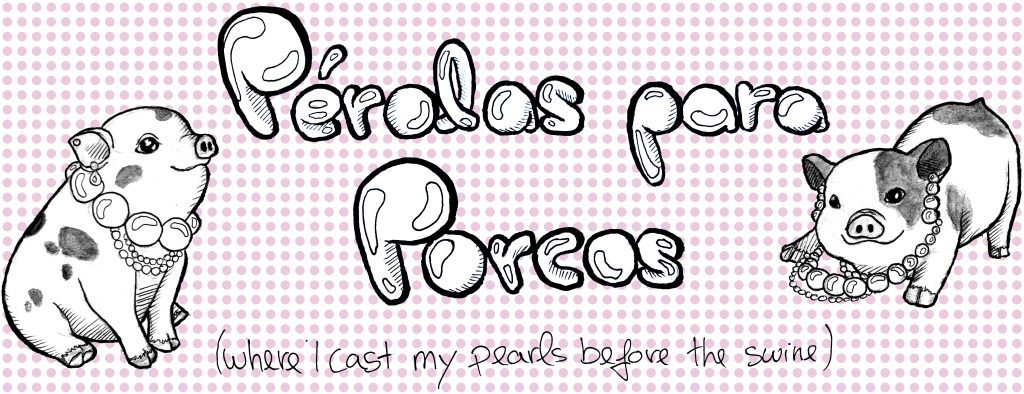
In 1977, Abi Feijó was a Fine Arts student in Porto when he discovered animation through CINANIMA’s first editions. During that time he came across alternative, poetic and experimental animation films that still constitute some of his biggest references today. Among those include: Co Hoedman’s stop-motion fim “The Sand Castle” (1977); Jacques Drouin’s pinscreen animation “Mindscape” (1976); Caroline Leaf’s paint-on-glass animation “The Street” (1976); Paul Driessen’s “David” (1977) and “The Killing of an Egg” (1977).

As a student, Abi was initially interested in using comic books as his artistic medium, but through these films he met animation as a legitimate art form and started experimenting straight away. In its second edition, CINANIMA started providing workshops with the animator Gaston Roch and the french collective “Collodion Humide”, where Abi “saw the animation secrets being unveiled”. In 1980, Abi started to develop another important aspect of his career, the pedagogical side. He started teaching animation workshops for 16 year-olds, through Cooperativa Árvore, which would take place after CINANIMA. In 1985, this organization also created an animation course for children called “Arbusto”, where Abi also taught. These films ended up in animation festivals like Annecy and Juvecine, the latter awarding an honorable mention to Abi in 1987, for his contribution in this studio.
In 1984, Abi had the opportunity to do an internship in Montreal at the National Film Board of Canada’s studios (NFB) with Pierre Hébert. There, he experimented with many animation techniques to direct his first short film “Oh Que Calma!”(1985) (How Calm It Is), where he used 8 different types: pinscreen, paint-on-film, hand drawn, clay, cutout, photocopies, crayon and sand animation. In this film, Abi uses music to approach traditional Portuguese culture, by animating a song traditionally played by female wheat reapers in Beira Baixa, Portugal (“oh que calma vai caindo” from the album “Vai de roda”(1983)).

Interestingly enough, João Paulo Seara Cardoso and Abi Feijó were both born in 1956 and both are from the north of Portugal. Abi is from Braga and Seara Cardoso from Porto and they actually met for the first time when they were only teenagers. But in Seara Cardoso’s case, his connection with animated characters started with building them instead of drawing them. In fact, that same interest for construction lead him to pursue mechanical engineering at university, where he started attending University Theatre of Porto and later joined the Intervention Amateur Theatre, contributing mainly for the set design . 1979 was proclaimed by UNESCO The International Year of the Child and as a result, Seara Cardoso was involved in many child plays for children of every background – an experience that he described as “a fantastic cultural democratization”.

It was when he joined the Support Fund for Youth Organizations (FAOJ) in 1980 as a cultural entertainer, that he fell in love with Portuguese traditional theatre from all over the country, including Festa dos Rapazes, Festa da Bugiada, Serração da Velha, but especially Dom Roberto theatre. At that time, he met the ethnologist Ernesto Veiga de Oliveira and António Dias, one of the last puppeteers of “Robertos”. Seara Cardoso became his apprentice, and after his death, he dedicated the following years wandering around the country recreating and showcasing his own Dom Roberto puppets.


Later on, Seara Cardoso had the opportunity to study at Institut National d’Éducation Populaire where he learnt from Marcel Violette and Lopez Barrantez. Afterwards in Porto, he was able to showcase his own puppet theatre regularly in “Realejo”, where a TV producer from the Portuguese public network, RTP, saw him for the first time and invited him to create a TV show for children – “A Ávore dos Patafúrdios” (1985). This show gave Seara Cardoso the opportunity to do a course with Jim Henson at the Institut International de la Marionette, who was apparently impressed by his naïf style.

